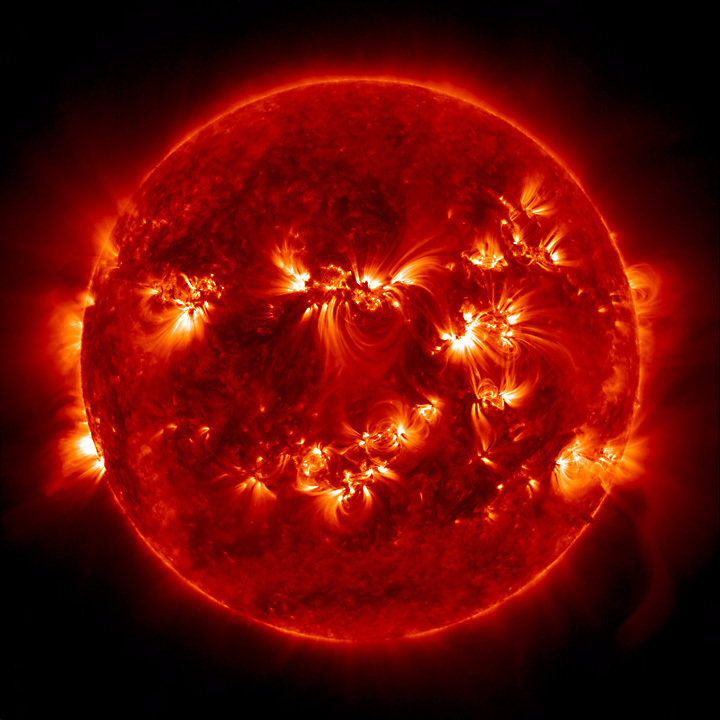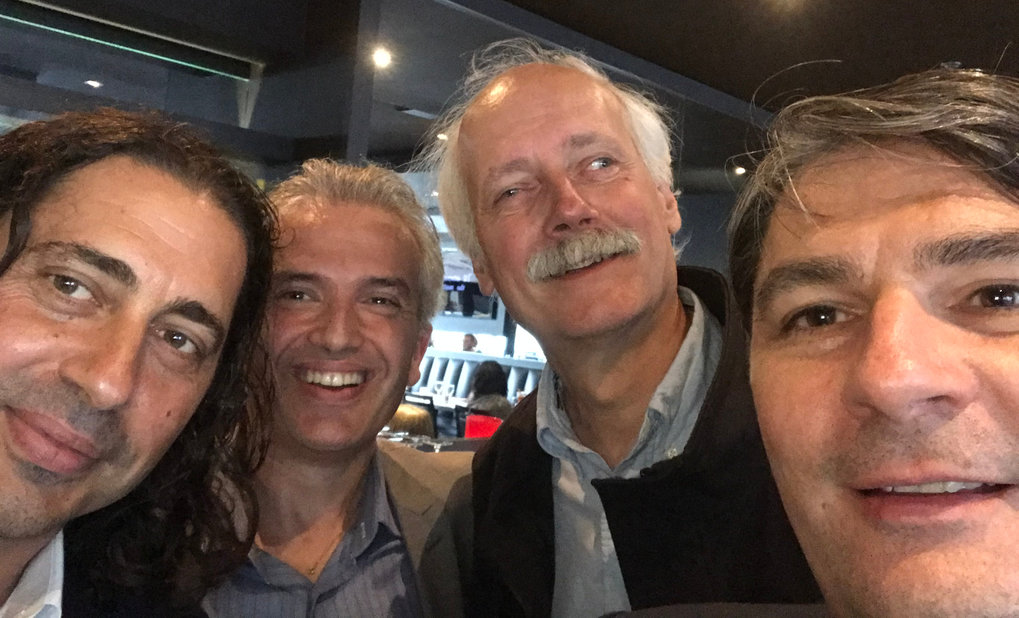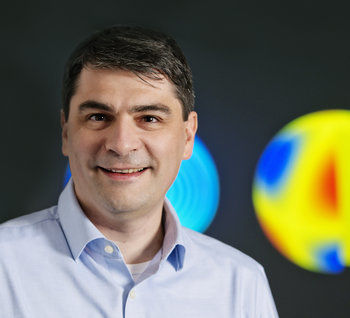ERC Synergy Grant for solar physics at the MPS
The European Research Council will fund an ambitious solar physics project at the MPS over the next six years.
The research project called WHOLESUN aims at understanding the origin of solar magnetic activity by studying the Sun in its entirety. It is funded through a prestigious Synergy Grant from the European Research Council (ERC), awarded to a team of four European Principal Investigators from the Max Planck Institute for Solar System Research (MPS) in Germany, the University of St Andrews in the UK, the CEA research centre in France, and the University of Oslo in Norway. The researchers will pool their expertise in solar physics over the next six years to determine how the magnetic field is generated in the solar interior to create sunspots on the solar surface and eruptions in the solar atmosphere. To this end, the team will attempt to model the Sun as a whole using supercomputers and incorporating observational knowledge from space missions.
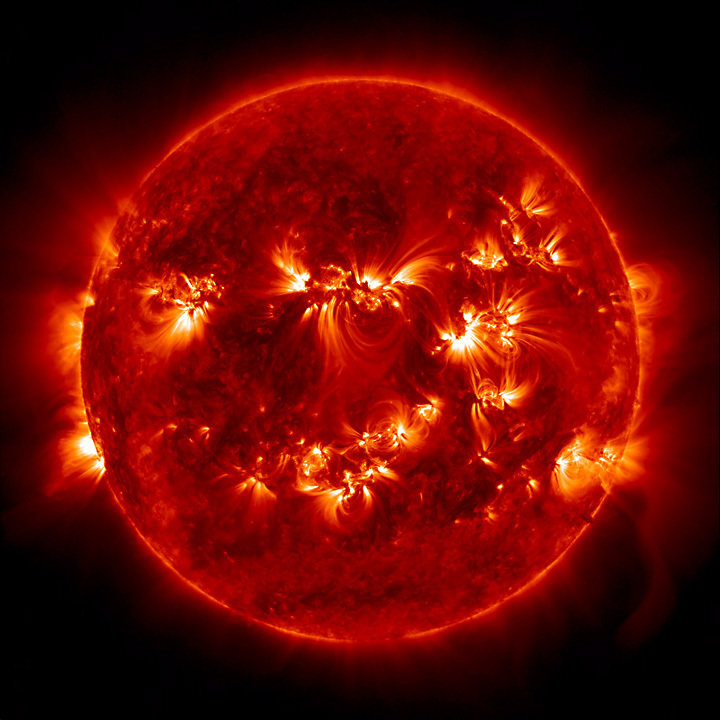
The ERC has awarded twenty-seven ERC Synergy Grants to research teams across Europe. The highly-coveted grants, worth 250 million euros in total, will enable teams of two to four Principal Investigators to bring together complementary skills, knowledge and resources to jointly address research problems at the frontiers of knowledge. The grants are part of the European Union's research and innovation programme Horizon 2020. The project WHOLESUN will receive 11.2 million euros over a duration of six years.
Violent solar eruptions throw charged particles and radiation into space. "The origin of all the eruptive phenomena that we observe in the Sun’s atmosphere, however, lies much deeper within our star," explains Professor Laurent Gizon, one of the Principal Investigators of WHOLESUN and Managing Director of the MPS. In the interior of the Sun motions of plasma create the Sun’s magnetic fields, which drive the solar eruptions.
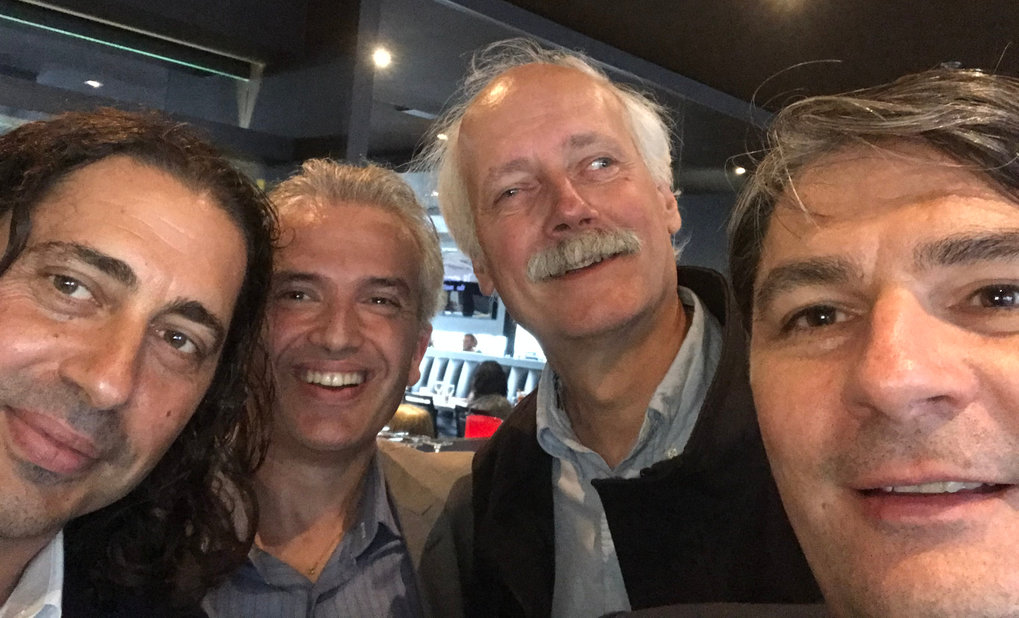
Too often solar physics is split between studies of the interior and the atmosphere. “Following the formation and evolution of solar magnetic fields requires an integrated view”, insists Robert Cameron from MPS. This is where the research project WHOLESUN comes in. The team will develop the numerical and observation tools to follow the life cycle of solar magnetic fields from their formation and amplification in the interior, their rise to the solar surface, and their eruptive dynamics in the solar atmosphere. The MPS will contribute its expertise in probing the solar interior using helioseismology and modeling the surface layers using numerical simulations. “The WHOLESUN project is an exciting multi-disciplinary approach to solar physics, which will drive new collaborations within Europe”, predicts Professor Eric Priest from the University of St Andrews.
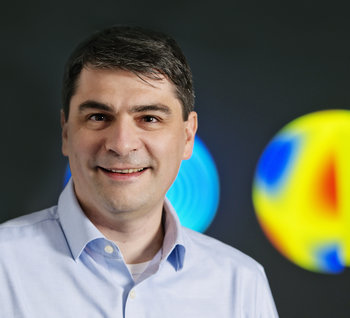
The WHOLESUN project is made possible by advances in supercomputing. “The project will develop numerical models of the whole Sun that will run on exascale supercomputers that perform a billion billion arithmetic operations per second”, explains Principal Investigator Allan Sacha Brun from CEA Saclay France. The numerical models will be used in combination with observations to tackle many unsolved mysteries in solar physics. For example, it is not known how sunspots are formed, nor what triggers the most energetic solar flares.
The findings will not only be used to model the space environment around earth, but will also be important for understanding the magnetism of distant stars and their effects on exoplanets. “The science that will come out of this ERC Synergy project will help us get ready for the ESA exoplanetary mission PLATO to be launched in 2026”, says Gizon.
